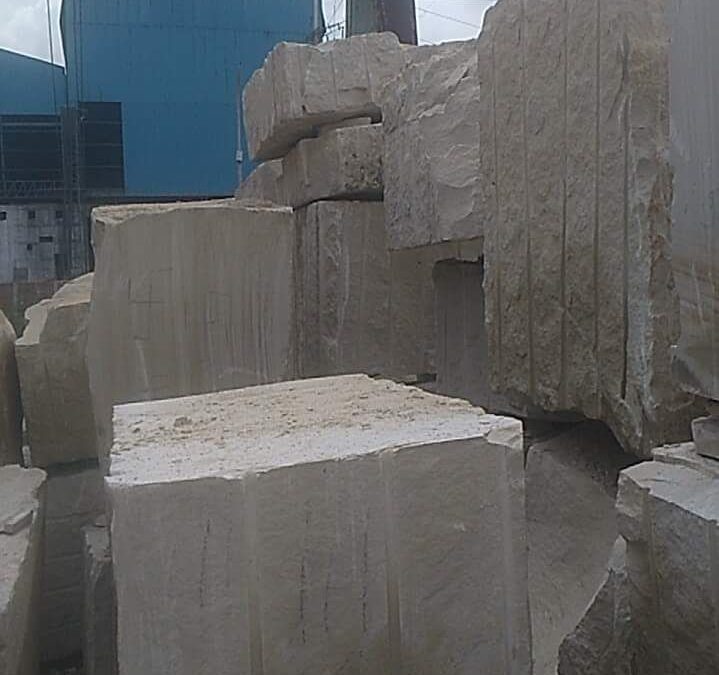Introduction
Gwalior, a city steeped in history and heritage, boasts an exquisite architectural marvel known as Gwalior Stone. This stunning stone texture has been cherishing for centuries and continues to mesmerize visitors and locals alike. In this blog post, we will delve into the fascinating world of Gwalior Stone’s texture, exploring its origins, characteristics, and significance. Let’s embark on a journey to unravel the timeless beauty of this unique marvel.
What is Gwalior Stone Texture?
Gwalior Stone texture distinct geological feature found in the region of Gwalior in Madhya Pradesh, India. This natural stone is renowned for its enchanting appearance and has been widely used in various historical monuments, temples, and forts throughout the region. Its historical significance, combined with its remarkable durability, has made it a sought-after material for construction and artistic endeavors.
The Origins of Gwalior Stone Texture
The origins of Gwalior Stone texture can be traced back to ancient times when skilled craftsmen meticulously carved these stones to create awe-inspiring structures. The Gwalior Stone texture primarily originates from sedimentary origins, characterized by a unique amalgamation of sandstone and other minerals. This composition contributes to its distinct appearance and texture. Its unique composition results in a fine-grained texture, perfect for intricate carvings and detailed architectural designs.
Characteristics of Gwalior Stone Texture
- Hues and Tones: Gwalior Stones texture exhibits a rich palette of colors, ranging from warm sandy yellows to earthy reds and sometimes even deep browns. These variations in hues make each stone piece a work of art in its own right.
- Texture and Grain: The fine-grained texture of Gwalior Stone allows craftsmen to carve intricate patterns and detailed designs with ease. Its grainy surface adds depth and character to the finished structures.
- Durability: One of the most remarkable aspects of Gwalior Stone’s texture is its exceptional durability. With proper maintenance, structures made from this stone have withstood the test of time, standing strong for centuries.
- Weather Resistance: Gwalior Stone exhibits excellent weather resistance, making it a preferred choice for outdoor architectural elements. Its ability to withstand harsh climatic conditions makes it ideal for enduring monuments and sculptures.
Significance in Architecture and Art
The charm of Gwalior Stone’s texture extends beyond its aesthetic appeal. Over the years, this unique stone has played a crucial role in shaping the architectural heritage of the region. The impressive Gwalior Fort, the stunning sculptures of various Jain Tirthankaras at Gopachal Parvat, and the intricate carvings at Sas Bahu Temple, all stand as testament to the exquisite craftsmanship and artistic brilliance achieved through the use of Gwalior Stone.
The use of Gwalior Stone isn’t limited to historical monuments alone.
In the present day, the Gwalior Stone texture has made its mark in modern architecture and interior design. The blend of traditional charm with a touch of modernity makes Gwalior Stone’s texture a versatile choice for architects and designers seeking to create a sense of timeless elegance.
Conclusion
The Gwalior Stone texture is an unparalleled marvel that reflects the rich heritage and artistry of the Gwalior region. Its unique characteristics, durability, and stunning appearance have made it an enduring symbol of architectural beauty and cultural significance. Whether adorning historical monuments or gracing modern structures, the allure of Gwalior Stone’s texture continues to captivate the hearts of all who behold it.
So, the next time you visit Gwalior or come across this extraordinary stone texture in any form. Take a moment to appreciate the craftsmanship and history it embodies, connecting you to the grandeur of a bygone era.

